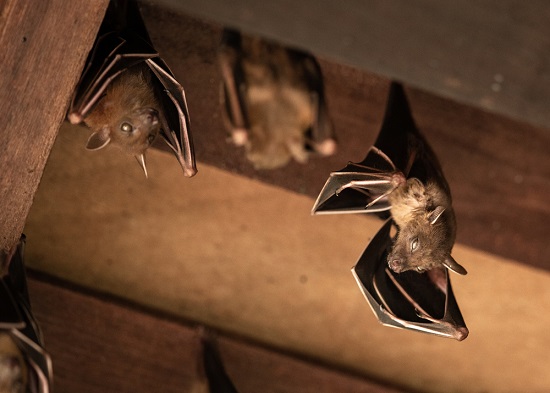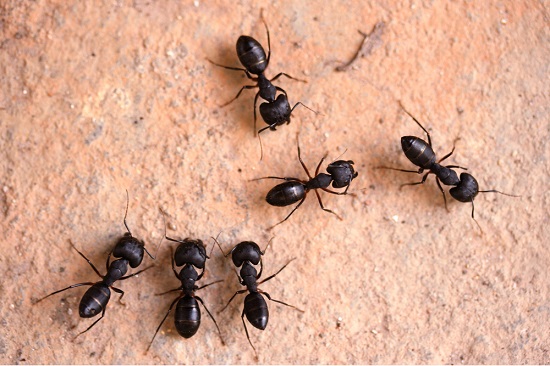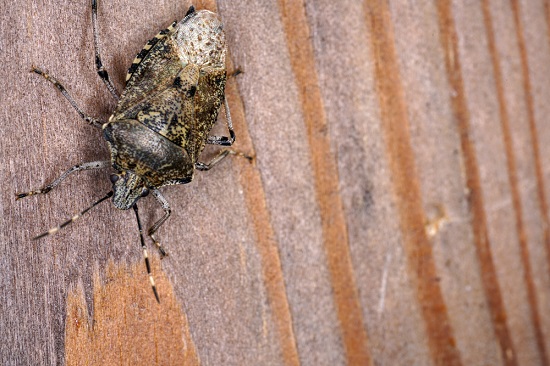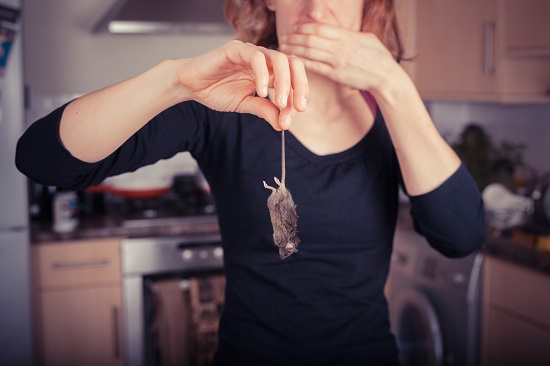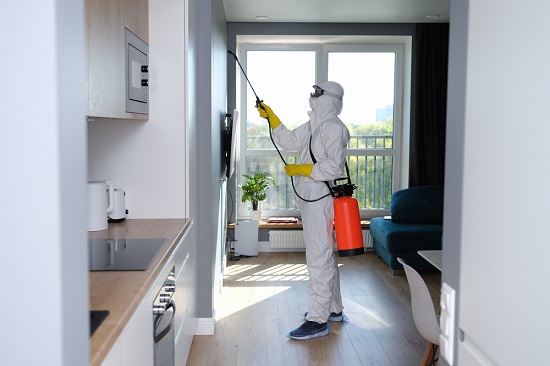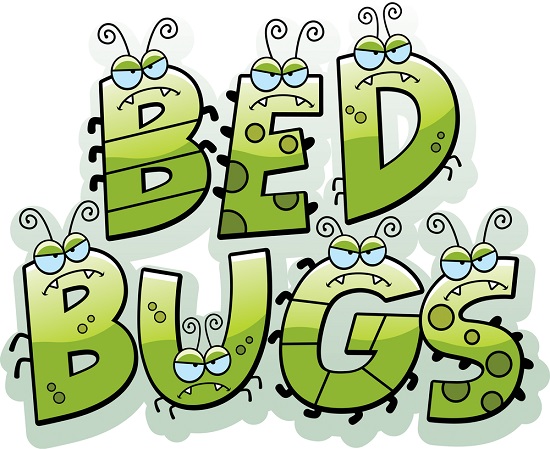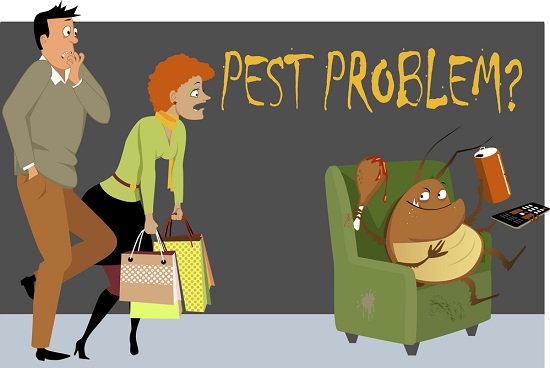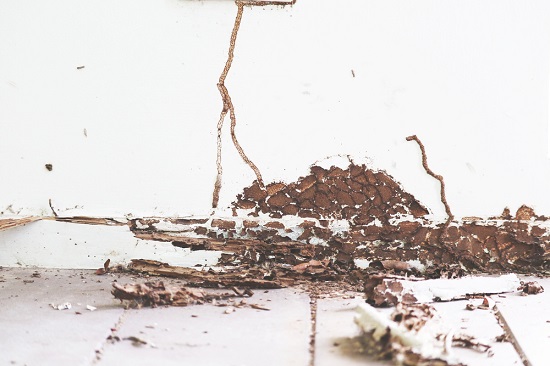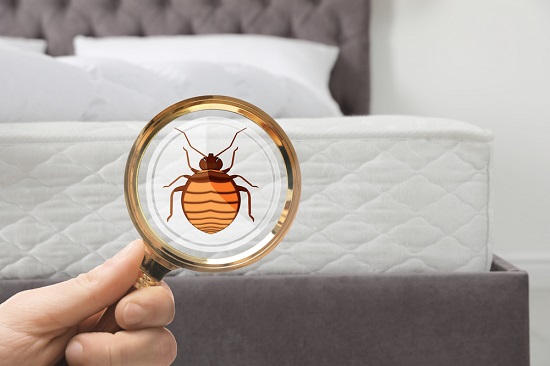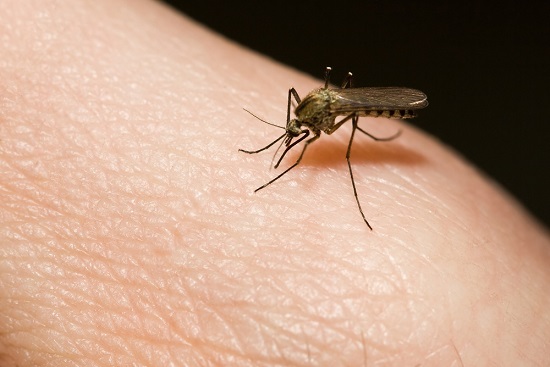
A commercial mosquito control company that is experienced and reliable is the best way for your business to get rid of pests. You should contact your local health department if you need to have a health inspection done or address any other issues.
You should immediately eliminate mosquitoes if you have concerns about West Nile Virus and other mosquito-borne diseases. Zap Pest Control Inc. discusses mosquito control in commercial settings and the benefits it can have for employees and businesses.
Mosquito Control: What is fogging?
The materials used for mosquito fogging are called pyrethroids. These synthetic versions of naturally occurring pesticides found in chrysanthemums are synthetic versions. These are used to kill adult mosquitoes as well as flies. However, they can also be effective against other insects like ticks, fleas, and spiders.
Mix the materials with water to create a mist or fog which will cover an area as it moves through the air. The number of materials required depends on many factors such as temperature, humidity, wind speed, direction, type of insect targeted and the number of insects being treated.
Mosquito Fogging has many benefits
Fogging is a good way to reduce the number of mosquitoes around your home by getting rid of them as soon as possible. It will be easier to avoid being bitten by them if they are reduced in number. If they eat the dead insects from fogging, you may see fewer pests such as fleas and ticks.
Preparing For Mosquito Fogging
The many benefits of mosquito fogging make it an important part of your company’s overall mosquito control strategy.
It is effective in killing mosquitoes and other pests. Fogging will result in fewer mosquitoes and larvae in your area. This will keep pests under control, and decrease the risk of exposure to diseases such as Zika virus or West Nile virus.
It is safe for both humans and animals. Foggers don’t cause any harm to pets or people. Some of these products have been approved by the U.S. Environmental Protection Agency (EPA). They can be used around animals, people, and wildlife, without posing any risk to their health!
What is the best time to use mosquito fogging?
Fogging can be an effective method of managing adult mosquitoes but it is not a panacea. Fogging can be combined with barrier treatments but must be done in the right place and at the right time.
Fogging should be done when the mosquitoes are at their most active, which is usually between dusk-dawn. Because mosquitoes are most active at this time of year, it is best to fog when it is cool (less than 70 degrees Fahrenheit).
How often should you do mosquito fogging?
Regular fogging should be done to ensure there are no breeding areas or resting places for mosquitoes. Fogging should be done at least once per year to achieve the best results.
Fogging should be done enough to ensure there is no breeding or resting place for mosquitoes. This means that you must do at least two fogging treatments per month during peak mosquito season (May to October).
Mosquito Hazards
The most dangerous insects on Earth are mosquitos. Many diseases they carry can be fatal for humans. Malaria, Zika Virus, Dengue Fever, Yellow Fever, West Nile Virus and Dengue Fever are just a few of the diseases they carry.
When they bite you, mosquitoes can transmit disease through their saliva. Within 1-3 weeks, symptoms of the disease can develop if a mosquito bites you. These symptoms can be caused by being bitten by mosquitoes. You should immediately see your doctor.
Mosquitoes are not only dangerous but also annoying and hard to eradicate. You can feel them buzzing around your head as you try to sleep or enjoy the outdoors. If they have access to your home, they will enter it!
Other Mosquito Tips
One of the most irritating pests in the entire world is the mosquito. They can make outdoor activities miserable and ruin our enjoyment.
Because mosquitoes can also carry dengue fever and West Nile virus, they are dangerous. According to the World Health Organization, these diseases are estimated to infect more than 200 million people annually.
To prevent mosquitoes from coming into your home and yard, it is best to get rid of them. Here are some pest control tips to do it:
Keep your yard tidy: Pick up leaves and grass clippings and clean gutters.
Eliminate standing water. Water attracts mosquitoes. Drain any puddles and other areas where water collects after rain, or water plants. Make sure your foundation and roof aren’t damaged. This will prevent water from getting inside the house.
Repellents: When you go outside, use repellents such as DEET. You should also use repellents if there is a high level of mosquito activity in your yards, such as in a pond or marshy region. Always read the label before applying repellents to children. Only use what is appropriate for them.
Professional Commercial Mosquito Control Service
Insects and pests can cause damage, making a business owner susceptible to customer complaints and fines. Businesses need to be vigilant about commercial mosquito control.
Zap Pest Control Inc. offers professional pest control in Myrtle Beach for residential and commercial areas. Our exterminators are highly trained and have years of experience to ensure that your home is free from insects and pests. We can handle pest infestation using environmentally-friendly products.
Call Zap Pest Control Inc. today to book our service. Our team is always ready to help.
Zap Pest Control Inc.
2507 Forestbrook Rd Suite G
Myrtle Beach, SC 29588
843-654-1927
http://zappests.net/

